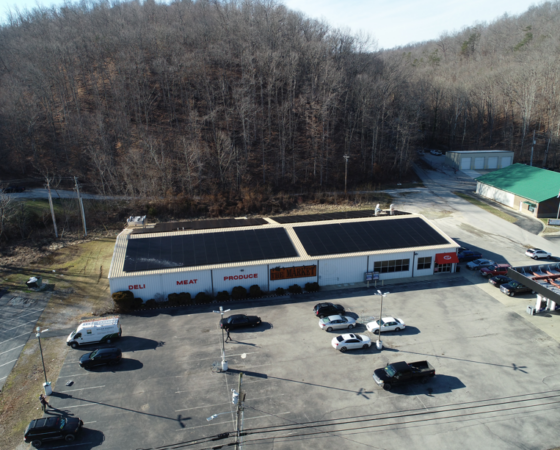A group of Kentuckians is working to restore a 12,000 year-old trail that runs through about 20 Eastern Kentuckian counties, stretching 300 miles from Portsmouth, Ohio to the Cumberland Gap. Athawominee, or the Warrior’s Path, was established by Native Americans who used it primarily as a route of commerce to trade natural resources such as sea shells, precious metal and flint, as well as for communication. The trail extends beyond Kentucky, running all the way from the Great Lakes to Gulf of Mexico.
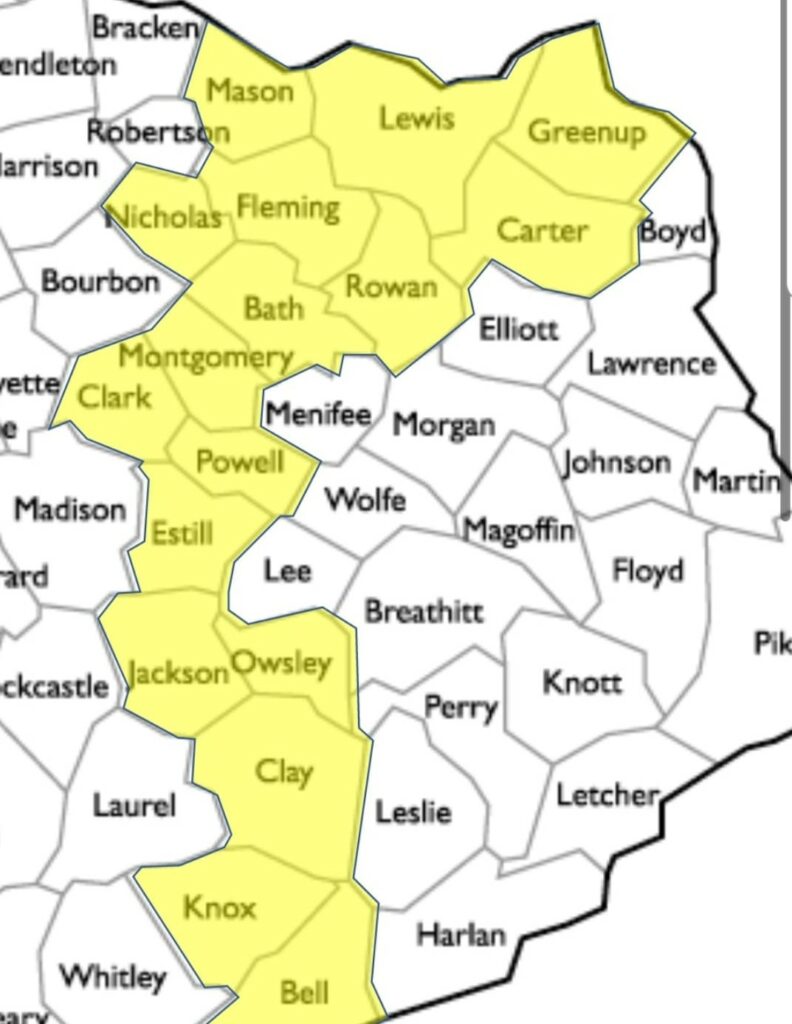
“A great tide of humanity used this trail, primarily on moccasin or hoof,” Max Hammond of the Warrior’s Path Project said. “The first and foremost goal of our efforts to honor and celebrate the history of the first Appalachians. Our next hope is that the trail will tie together mountain towns and bring more opportunities for economic development.”
Hammond and other dedicated organizers have been working for about three years to learn about and bring awareness to the trail. The trail itself is nonlinear with many branches, forks, and saddles that follow ridgebacks from watershed to watershed. There are several historic sites and markers along the trail, such as petroglyphs, as well as turkey tracks, which are directional arrows that point travelers in the right direction.
Their plan for the next few years is to focus on developing or enhancing loop trails alongside the Warrior’s Path, and adding historical markers to indicate the path is nearby. For example, a trail user can park in a small town like McKee and enjoy a few miles of hiking, biking or horseback riding, and learn about the trail via informational markers. They hope to develop a Northern field office in Olive Hill (with the park at Tygart Creek eventually becoming the gateway to the Path), and a Southern field office in McKee.
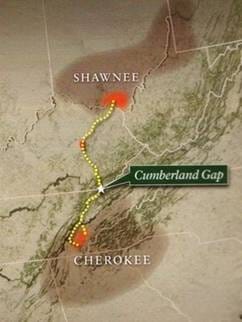
“The trail will be a journey through time, telling the compelling stories and illustrating the area’s history,” Judy Schmitt, co-chair of the Warrior’s Path Project. “The trail will be engaging, fun, and informative, connecting historical sites together and preserving the path. And it will encourage visitors to explore and experience places throughout East Kentucky, opening up our recreational opportunities and bringing new customers to our tourism businesses.”
“Every community has something unique about it, some treasure to bring people to the area and bring people to the great outdoors,” Hammond said.
The group has the support of the National Park Service, along with Kentucky’s Native American Heritage Commission.
“American Indian stories are too part of the history of this commonwealth,” Helen Danser, a representative of the Commission assisting with the project, said. “I’m extraordinarily pleased that the Indian voice is being heard.”
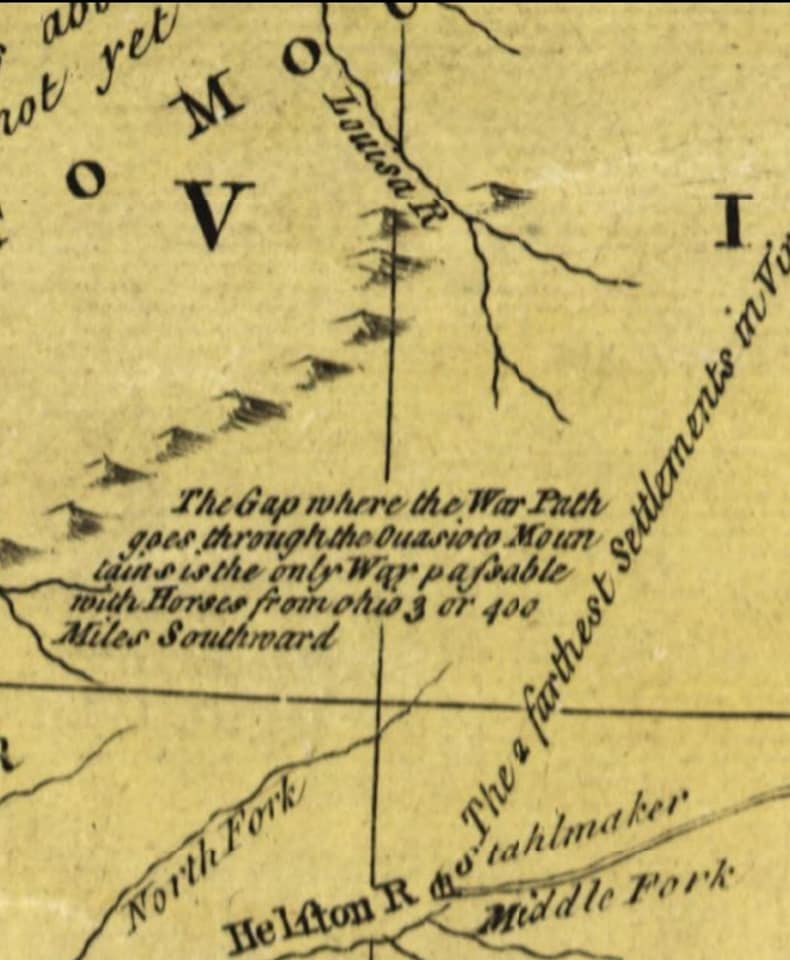
Danser said the trail is just one project of many efforts to make more space in Kentucky for indigenous communities. The organizers believe it is time that Eastern Kentucky has a place that truly honors the Native Americans, pointing out that Jenny Wiley State Park in Prestonsburg is named after a white woman who fled from Native Americans, and Sheltowee Trace trail that extends through Eastern Kentucky celebrates Daniel Boone, a white settler. White settlers like Boone came into Kentucky through the Cumberland Gap in the 1700s, the only navigable way to come into the state. By opening the gap, these settlers drove Indians out of their territory.
“We are all working towards not reconciliation, but collaboration and understanding,” Danser said. “This is a multi-generational project. We will all have to put our time, money and physical investment into the trail.”
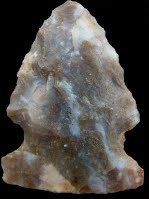
The organizers hold monthly meetings via Zoom to make progress on the many aspects of the project. Right now, they are working to establish 501c3 and looking for state and federal funding to support their efforts. They are also actively looking for local people who have knowledge of the trail to compile a more complete history of the trail. They plan to partner with Eastern Kentucky University students to organize the archives that are developing.
In the future, the group hopes to partner with the Mountain Association to enhance their website. For now, you can follow the Warrior’s Path National Historic and Heritage Trail of Kentucky project via Facebook: https://www.facebook.com/Kentuckyjourney



